The Best Companion Vegetables For Calendula
The Best Companion Vegetables for Calendula
Calendula is a beautiful and versatile flower that can be grown in both vegetable and flower gardens. It is also a popular companion plant, meaning that it can be planted alongside other vegetables to help improve their growth and health.
In this blog post, we will discuss the best companion vegetables for calendula. We will also discuss the benefits of companion planting and how to choose the right companion plants for your garden.
What is Companion Planting?
Companion planting is the practice of planting certain plants together in order to benefit each other. Some plants can help to attract beneficial insects, repel pests, or improve the soil quality. By planting companion plants together, you can create a more balanced and productive garden.
Why Calendula Makes a Good Companion Plant
Calendula has a number of qualities that make it a good companion plant. First, it is a tall plant that can provide shade for shorter plants. This can be beneficial for vegetables that need some protection from the sun, such as lettuce and broccoli.
Second, calendula is a strong-smelling plant that can repel pests. It is particularly effective at deterring aphids, cabbage moths, and beetles.
Third, calendula is a nitrogen-fixing plant. This means that it can help to improve the nitrogen content of the soil, which can benefit other vegetables.
What Vegetables Are Good Companions for Calendula?
There are many vegetables that can be good companions for calendula. Some of the most popular include:
- Asparagus: Calendula can help to repel asparagus beetles.

- Beans: Calendula can help to attract beneficial insects that prey on bean pests.

- Carrots: Calendula can help to improve the flavor of carrots.

- Cucumbers: Calendula can help to repel cucumber beetles.
- Peas: Calendula can help to improve the nitrogen content of the soil for peas.
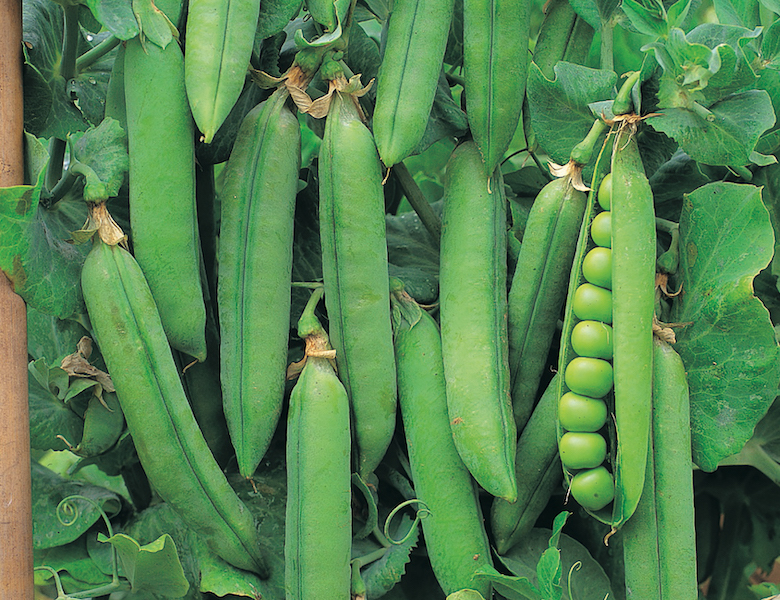
- Potatoes: Calendula can help to repel potato beetles.
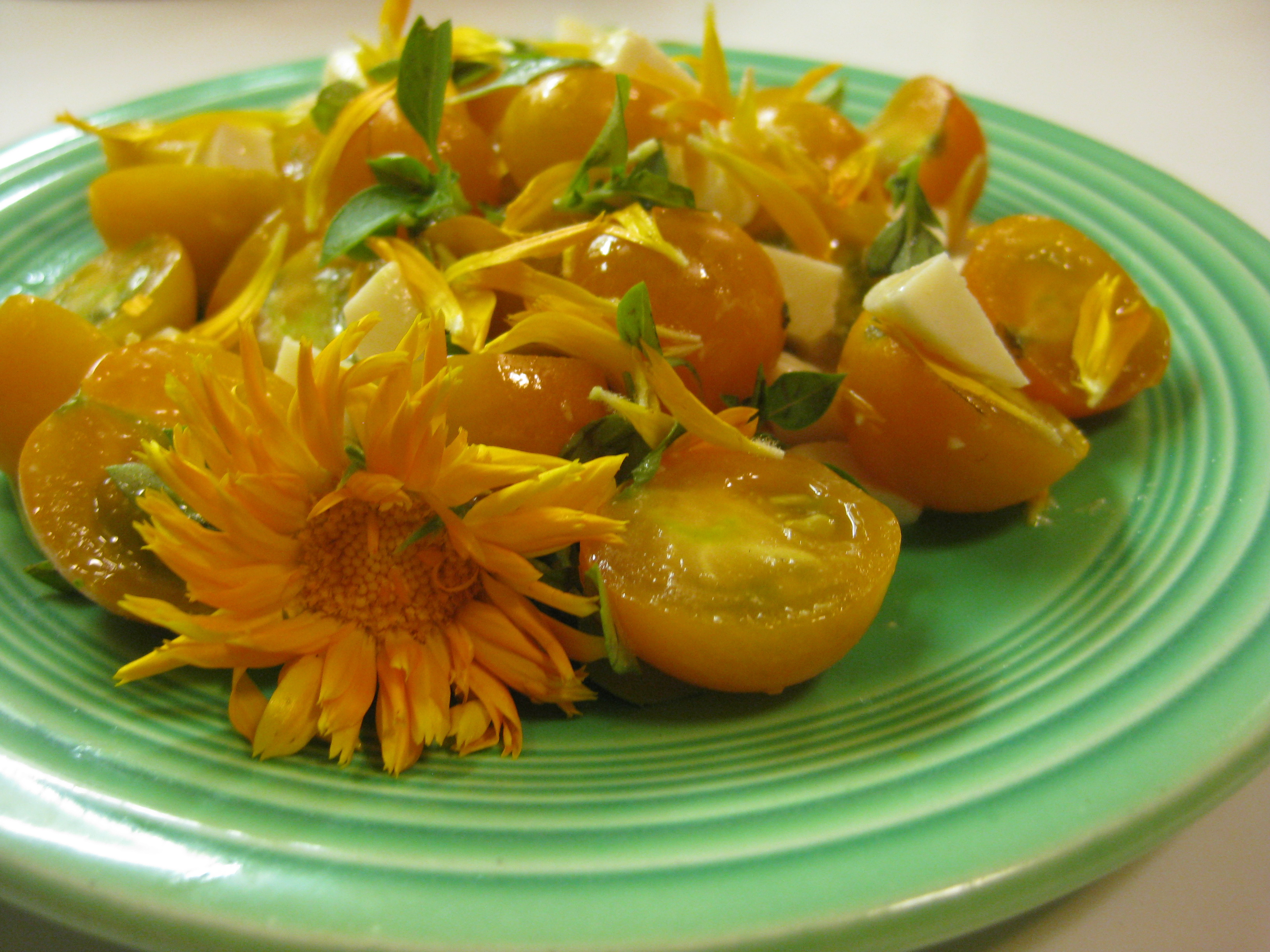
- Pumpkins: Calendula can help to attract beneficial insects that prey on pumpkin pests.

- Tomatoes: Calendula can help to attract beneficial insects that prey on tomato pests.
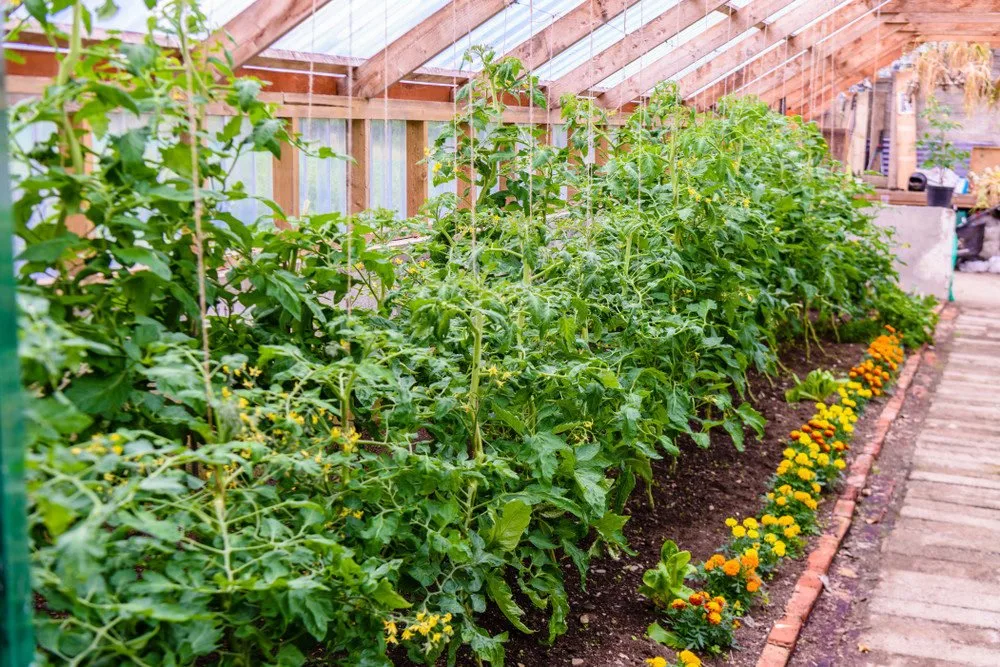
How to Choose Companion Plants for Calendula
When choosing companion plants for calendula, it is important to consider the needs of both plants. For example, if you are planting calendula with tomatoes, you will need to make sure that both plants have the same sunlight and water requirements.
You should also consider the pests and diseases that are common in your area. If you have a problem with a particular pest, you can choose companion plants that will help to repel that pest.
Finally, you should consider the aesthetics of your garden. If you want to create a beautiful and colorful garden, you can choose companion plants that have complementary colors or shapes.
Conclusion
Calendula is a versatile and beneficial plant that can be used in a variety of ways. It is a beautiful flower that can add color and interest to any garden. It is also a valuable companion plant that can help to improve the growth and health of other vegetables.
If you are looking for a way to improve your vegetable garden, consider planting calendula alongside your other vegetables. You may be surprised at how much it can benefit your plants.
Calendula is a beautiful and versatile flower that can also be a beneficial companion plant in the vegetable garden. It can help to repel pests, attract pollinators, and improve the overall health of your plants.
Some of the best companion vegetables for calendula include:
- Tomatoes: Calendula can help to repel tomato hornworms and nematodes, which are two common pests of tomatoes. Gardenia Inspiration has a great article that goes into more detail about the benefits of companion planting tomatoes and calendula.
- Carrots: Calendula can help to deter carrot flies, which are another common pest of carrots.
- Asparagus: Calendula can help to improve the flavor of asparagus.
- Beans: Calendula can help to attract beneficial insects that prey on bean pests.
- Cucumbers: Calendula can help to repel cucumber beetles.
If you're looking for ways to improve the health and productivity of your vegetable garden, consider planting calendula as a companion plant. Gardenia Inspiration is a great resource for more information about companion planting, including calendula.
FAQ of calendula companion vegetables
Q: Is calendula a good companion plant for vegetables?
A: Yes, calendula is a good companion plant for vegetables. It attracts beneficial insects, such as ladybugs and hoverflies, which help to control pests. Calendula also repels unwanted pests, such as tomato worms and nematodes. In addition, calendula can help to improve the soil by attracting earthworms and breaking down organic matter.
Q: What vegetables are good companions for calendula?
A: Some of the best companion plants for calendula include:
- Beans
- Brassicas (such as broccoli, cabbage, and cauliflower)
- Carrots
- Cucumbers
- Melons
- Onions
- Peas
- Potatoes
- Spinach
- Tomatoes
Q: How should I plant calendula with other vegetables?
A: When planting calendula with other vegetables, it is important to consider the size and growth habit of each plant. For example, calendula can be planted between rows of taller vegetables, such as tomatoes or corn. Calendula can also be planted in companion beds with other vegetables that have similar growing requirements.
Q: What are the benefits of companion planting with calendula?
A: There are several benefits to companion planting with calendula, including:
- Increased pollination: Calendula attracts beneficial insects, such as bees and butterflies, which help to pollinate vegetables.
- Pest control: Calendula repels unwanted pests, such as tomato worms and nematodes.
- Improved soil quality: Calendula attracts earthworms and breaks down organic matter, which can improve the soil quality.
- Disease resistance: Calendula can help to improve the disease resistance of other vegetables.
Q: What are some tips for companion planting with calendula?
Here are some tips for companion planting with calendula:
- Plant calendula in full sun.
- Water calendula regularly, especially during hot, dry weather.
- Fertilize calendula every few weeks with a balanced fertilizer.
- Deadhead calendula flowers to encourage more blooms.
- Remove spent plants in the fall.
Image of calendula companion vegetables
- Calendula and tomatoes: Calendula can help to repel tomato hornworms and other pests that can damage tomatoes.
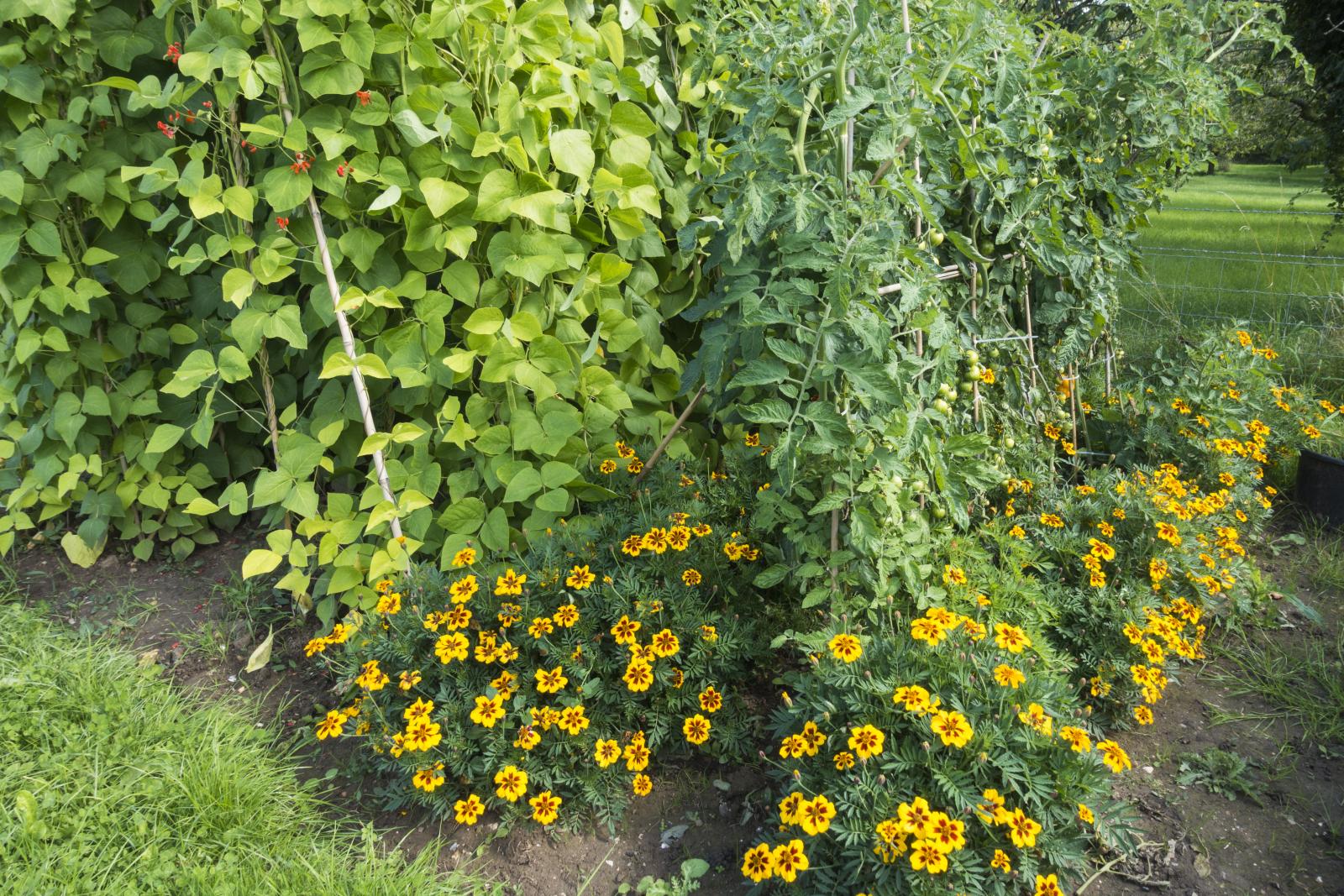
- Calendula and cucumbers: Calendula can help to attract pollinators, such as bees and butterflies, which can help to improve the pollination of cucumbers.
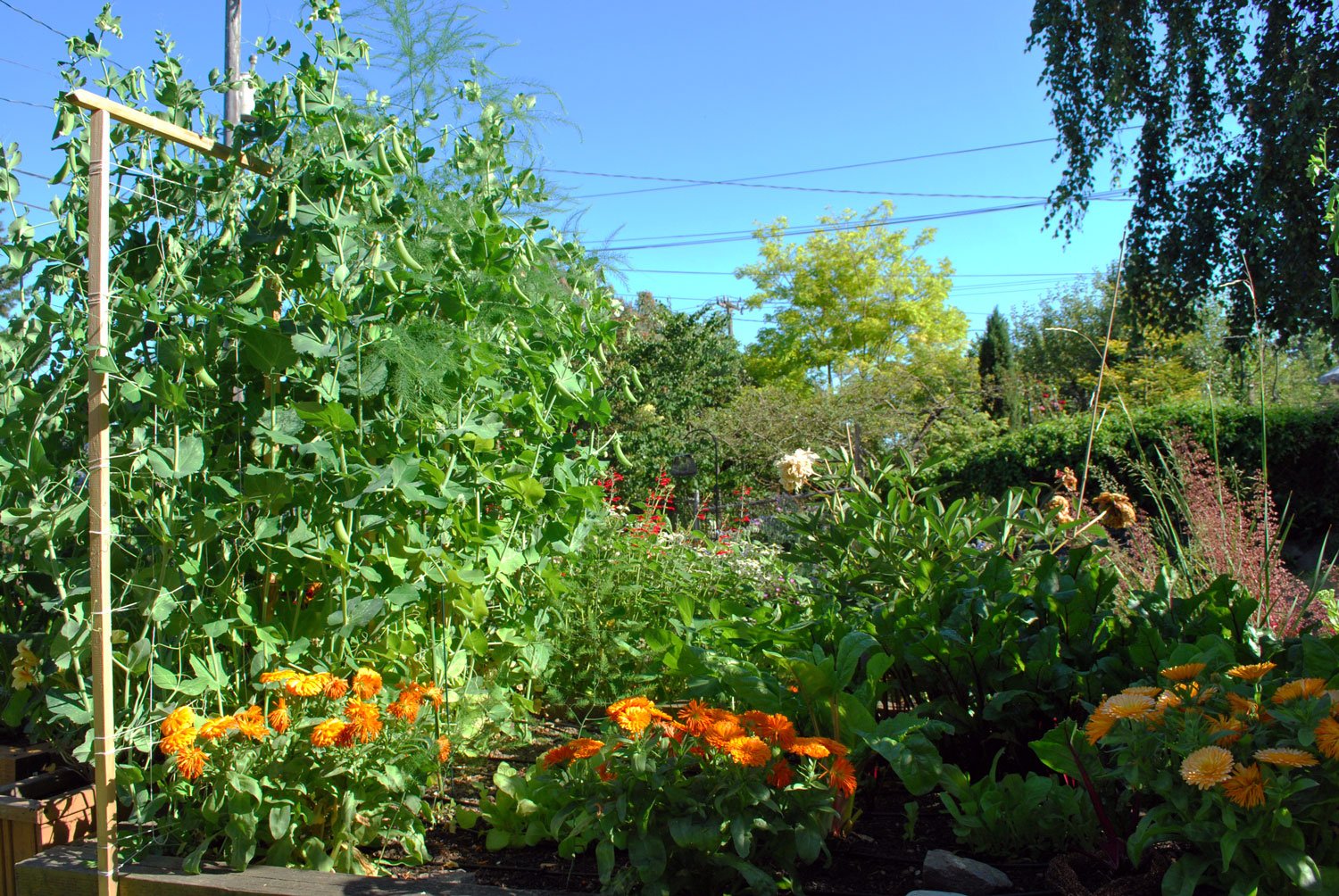
- Calendula and peas: Calendula can help to improve the growth of peas by suppressing the growth of weeds.

- Calendula and carrots: Calendula can help to repel carrot flies, which are a common pest of carrots.

- Calendula and asparagus: Calendula can help to improve the flavor of asparagus by suppressing the growth of weeds.

Post a Comment for "The Best Companion Vegetables For Calendula"